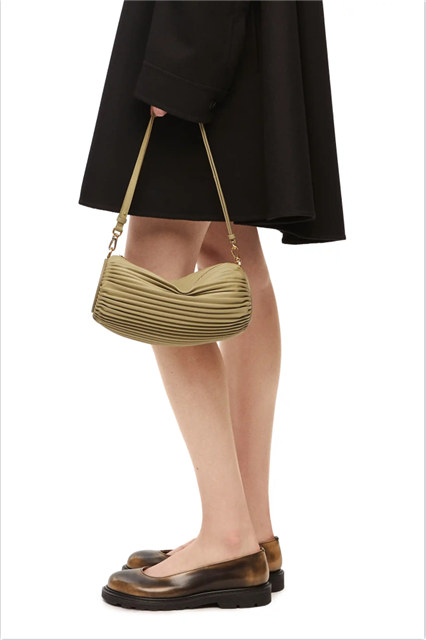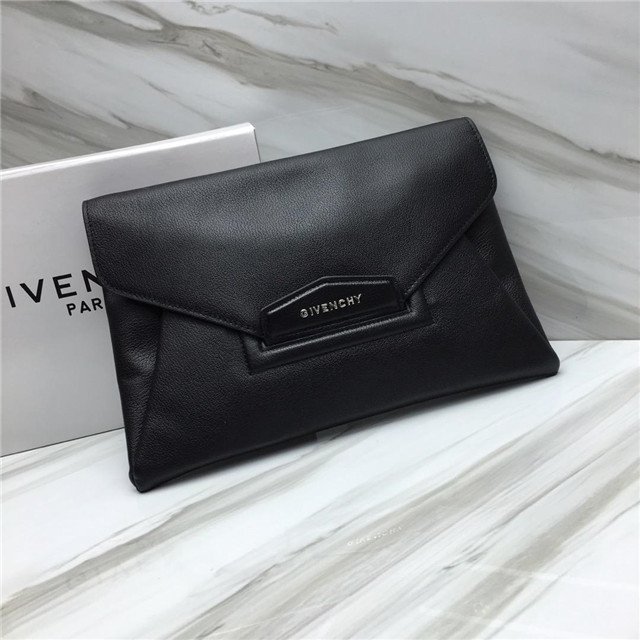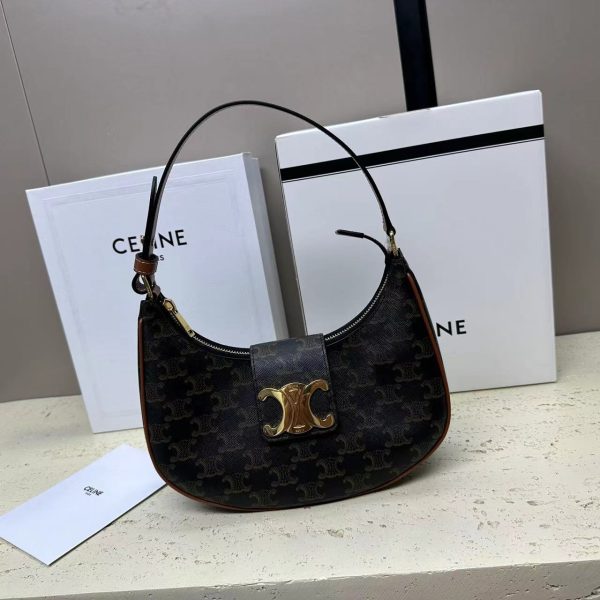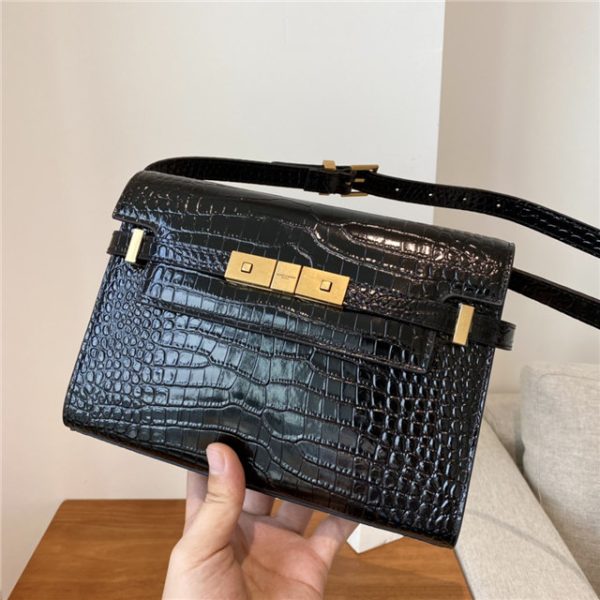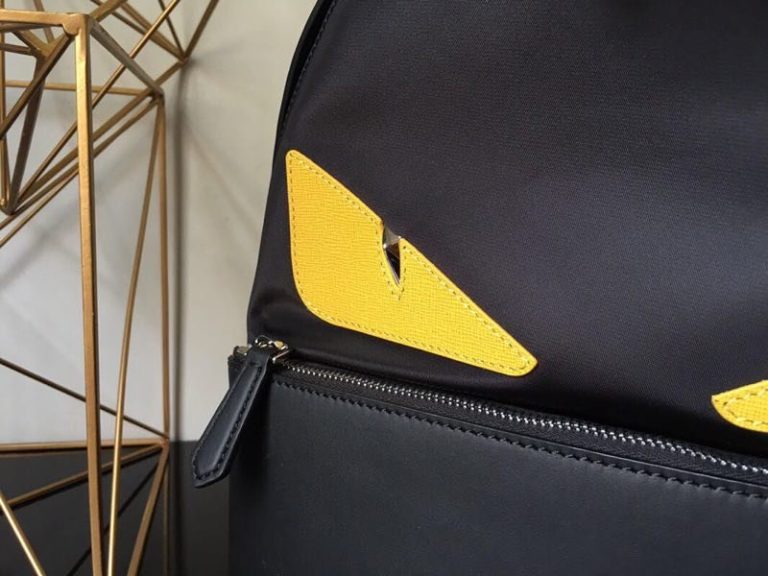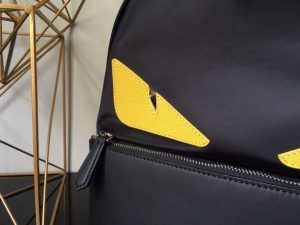First off, why even bother with Salomon? Well, they’re usually pretty dang good for trail running and hiking. Durable, grippy, y’know, all the good stuff. But that reputation also makes ’em a prime target for counterfeiters. Scummy bunch, those guys.
So, how do you *not* get ripped off? The internet is kinda helpful, but also kinda confusing. Like, I saw one thing saying to check the insole. Apparently, real Salomons have a woven sole underneath the insole (whatever *that* means!), while fakes are just some cheap foam. Honestly, I’d probably have to take the shoe apart to even *see* that. Who’s got time for that?!
And Amazon… ugh. Don’t even get me started. I saw a post where someone got a pair of Speedcross 3s for $75 from a third-party seller. Sounds too good to be true, right? Well, it probably is. Rule of thumb: if the price seems ridiculously low, it *is* ridiculously low for a reason. It’s either stolen, fake, or someone’s trying to lure you into a weird pyramid scheme. Probably all three.
Then there’s those random websites. Like, “Isaacn.live” selling Salomon at crazy discounts. Yeah, that’s a SCAM! The Salomon help center clearly says to avoid these kinds of things. Always double-check with the *official* Salomon website. It’s like, common sense, people! But hey, we all get tempted by a good deal. I know I do. I am trying to cut cost on some camping gear recently.
Honestly, it’s a pain in the butt to make sure you’re buying legit. But it’s worth it in the long run. A good pair of Salomons will last you a good while, and you won’t end up with blisters the size of golf balls. And trust me, no one wants that.
Where was I? Oh yeah, fake shoes. So, what to do if you think you’ve been duped? Contact Salomon! They apparently work to combat fakes (though, let’s be real, they can’t catch ’em all). And maybe report the seller to Amazon or wherever you bought them.


